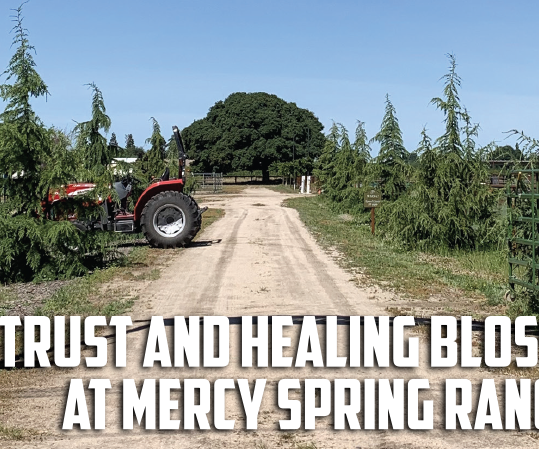Gardeners as a whole are an optimistic lot and that optimism is at its zenith come springtime. Gardeners look out at the empty plots, rows, beds and pots and see endless possibilities. Gardeners look at springtime in the same manner that baseball fans view spring training.
While the heart of the garden won’t start producing until summer’s arrival, spring is the time to start planning and planting and there’s an added bonus of enjoying some early arrival crops.
Before planting anything there are a few steps to take to make sure your garden is prepped and ready to grow.
Plan Ahead
Whether it’s done in the mind’s eye or sketched out on paper, planning where vegetables and flowers will be planted in the garden is key. Study how much sun and shade an area gets. Look at the space available and determine if it’s enough for the plants to thrive. Also keep in mind where the long-growing plants of summer will be taking root.
Prep the Soil
The winter may have left the soil in need of some revitalization. Use a soil test kit to check if any particular nutrients need to be added. A soil thermometer will also help in gauging if the soil is ready for plants. Lay down some black plastic over the plot to aid in raising the soil temperature quicker. It also helps keep weeds at bay, giving the young plant the room and nutrients it needs to grow.
Use Mulch
Spread out the mulch lightly around new seedlings to keep the soil warm, especially overnight. It can also help protect young plants from some garden pests. Crushed oyster shells are especially good at warding off slugs and snails.
With the completion of these steps, it’s time to start planting. Here are a few ideas to get your garden going:
Asparagus - This is a perennial vegetable that won’t start producing a substantial crop for a couple of seasons. Asparagus also needs a good amount of space to thrive.
Lettuce - The mild spring days are opportune times for growing lettuce. Select cut and come again varieties for a prolonged harvest.
Peas - Peas, like the people who refuse to eat them, are picky. They won’t grow if it’s too cold and they’ll wilt if it’s too hot. But peas love spring. Some varieties will need support structures as they grow, so make sure the space has room for a cage or stakes.
Cilantro - If you’ve ever hoped to make your own salsa straight from the garden, you’ve likely come to realize cilantro doesn’t do so well in the summer. However, it can be grown and harvested before the heat gets too high. Freeze it to use throughout the year.





